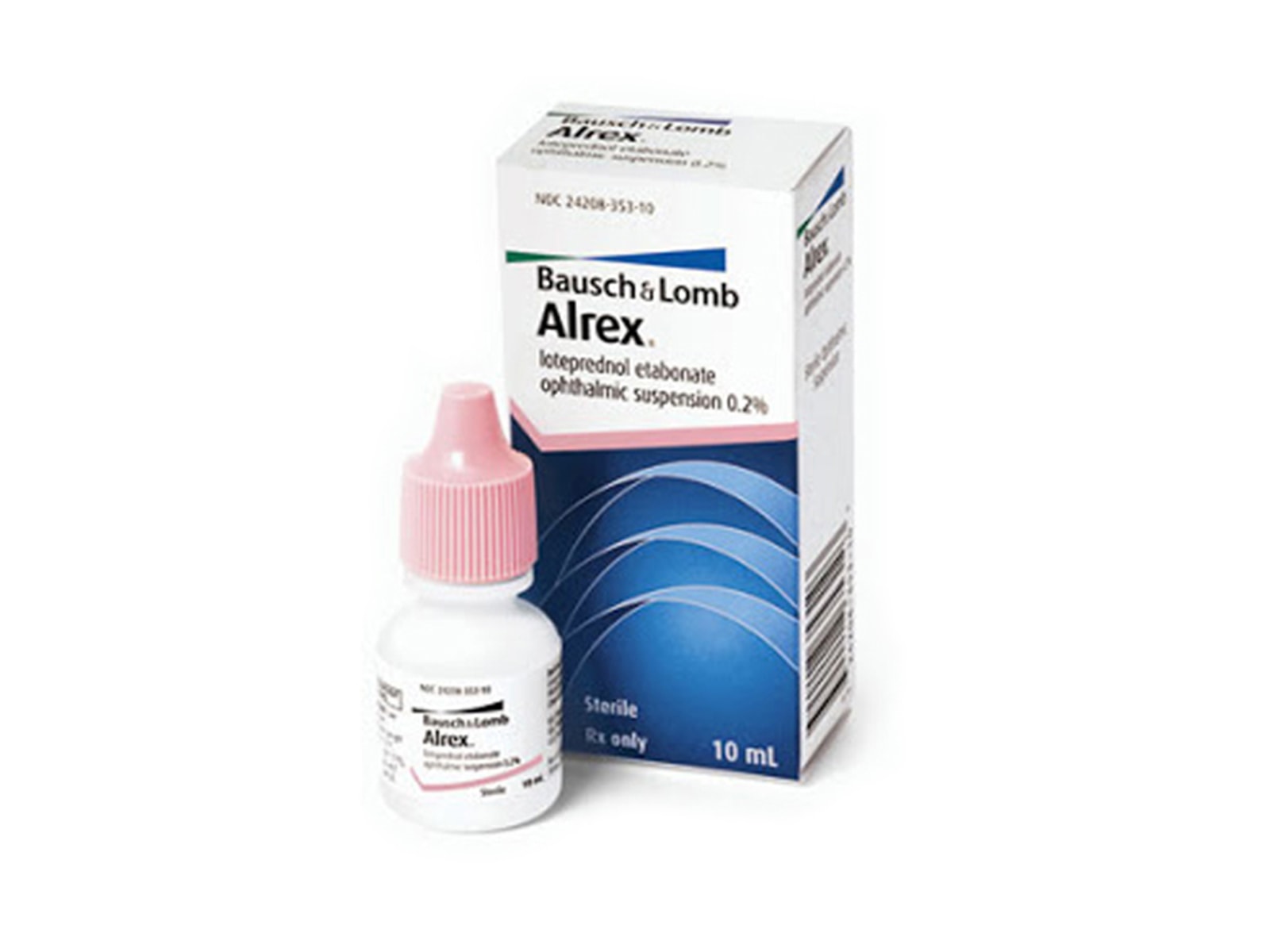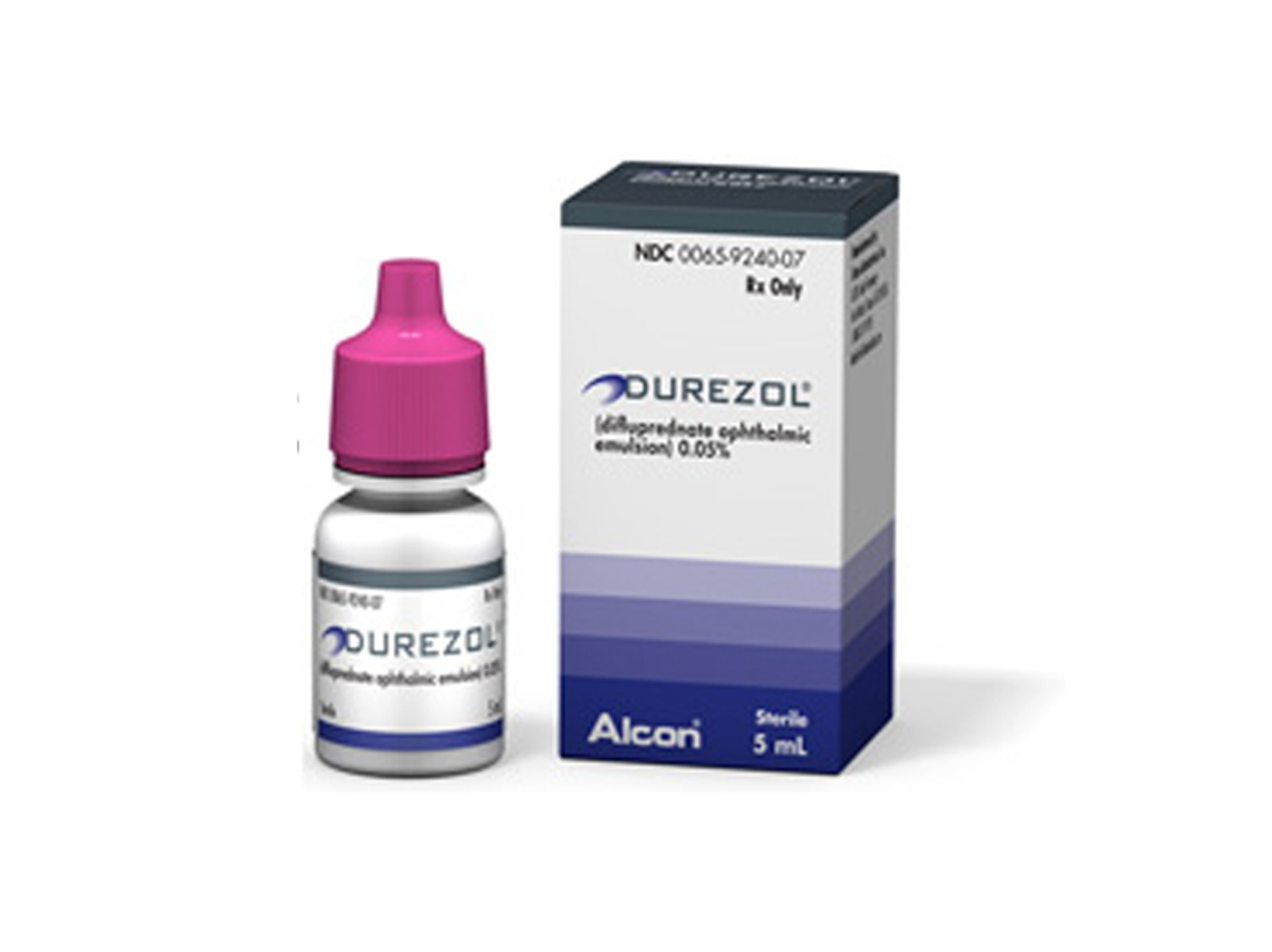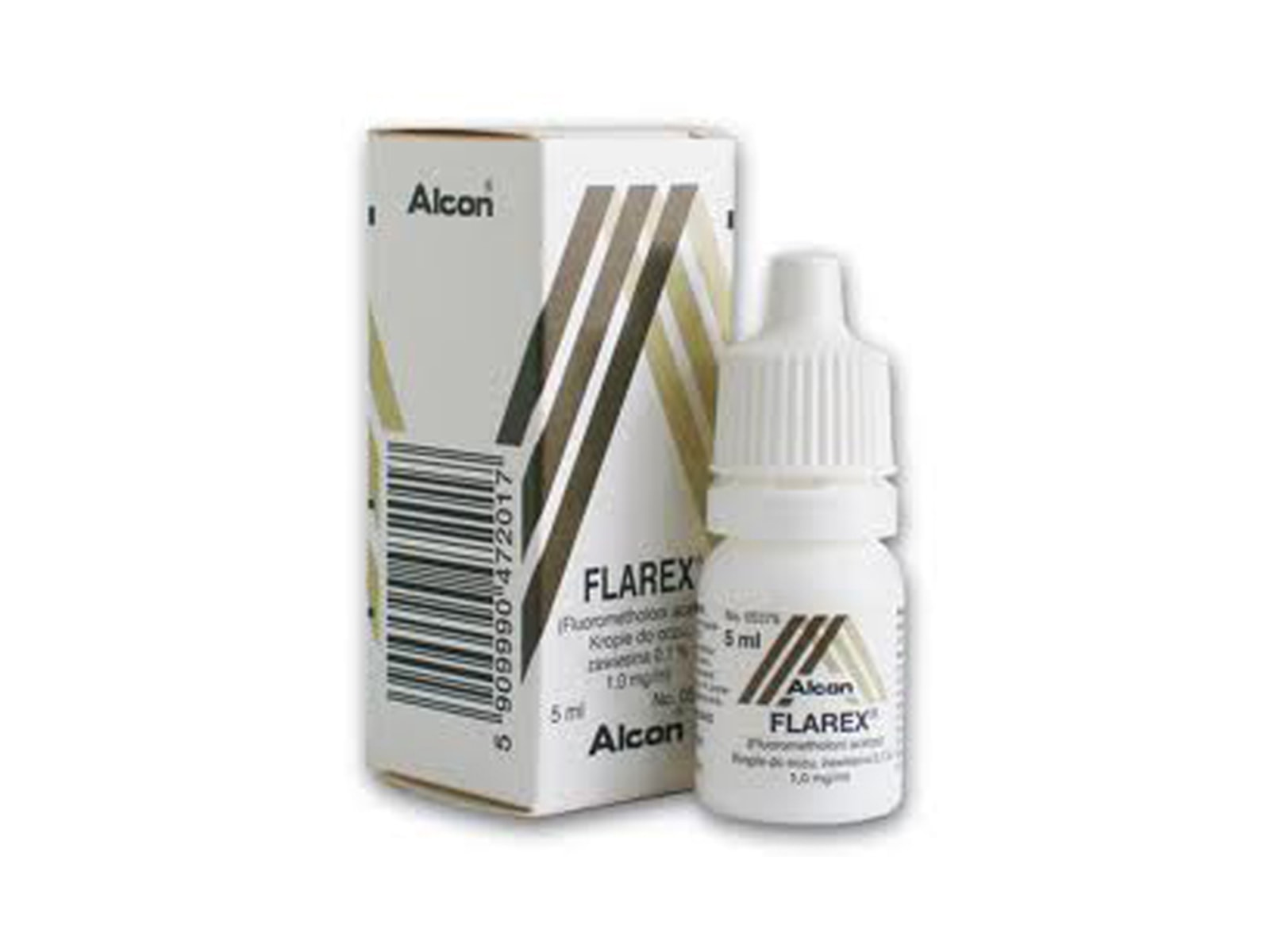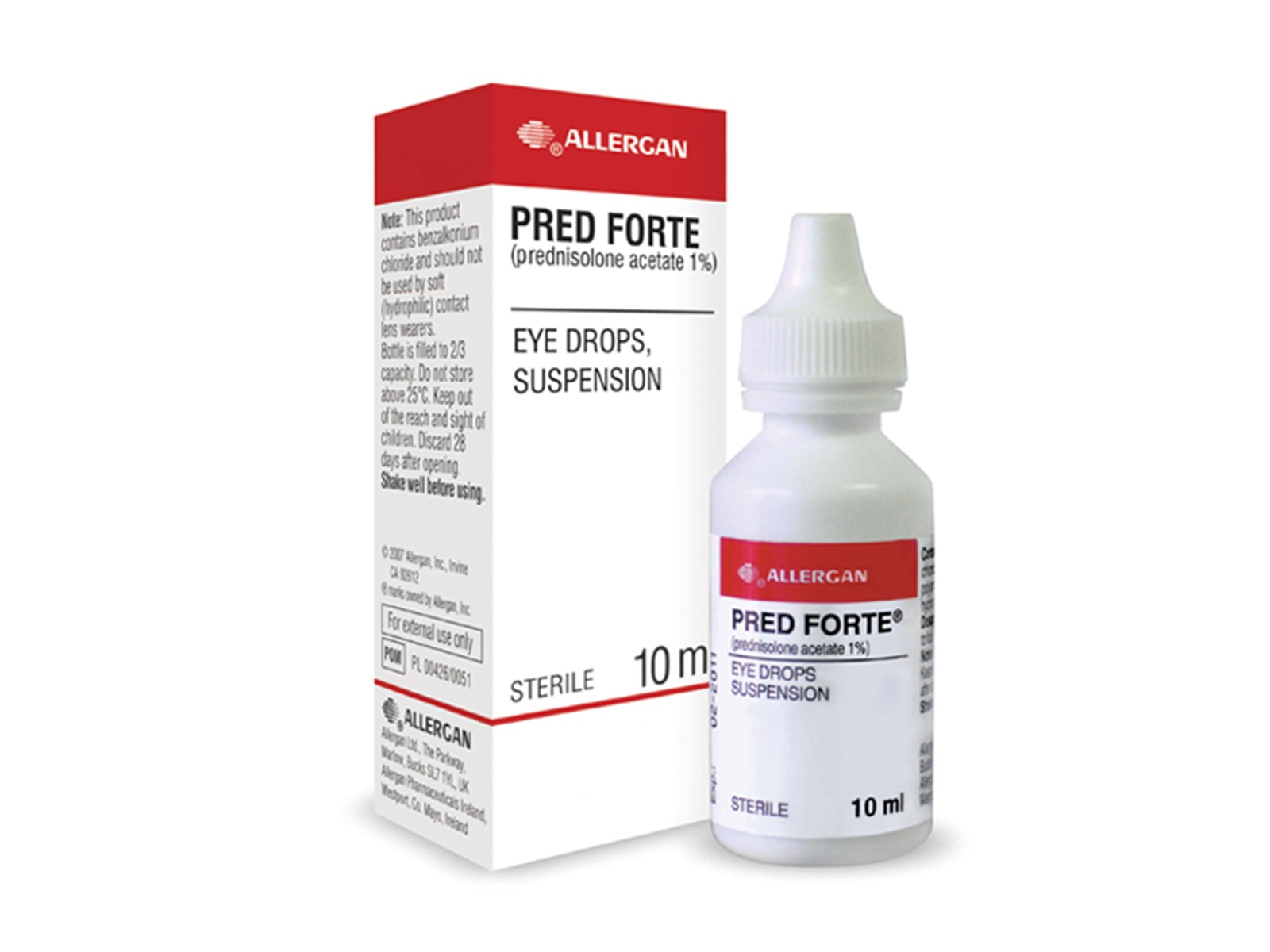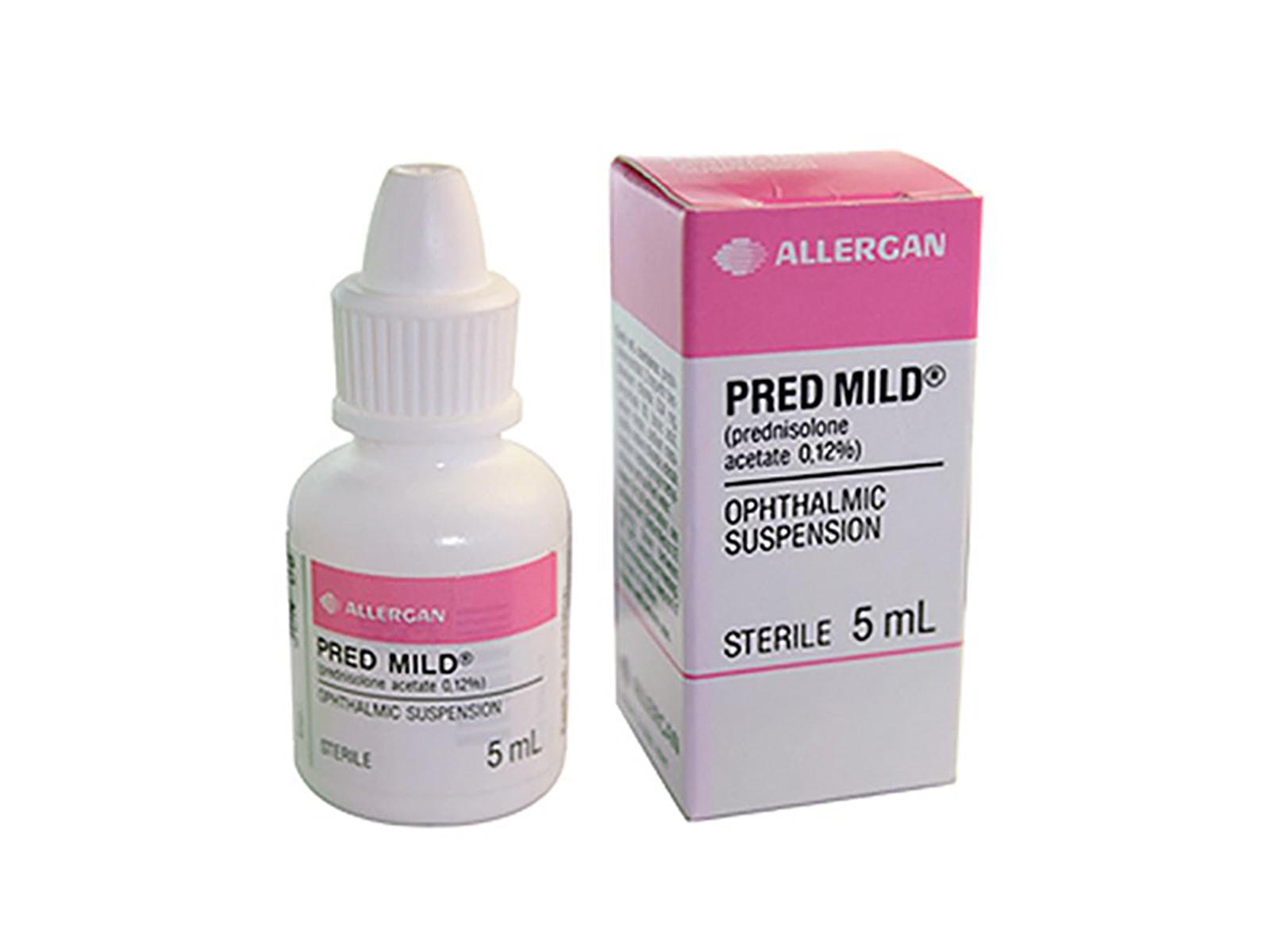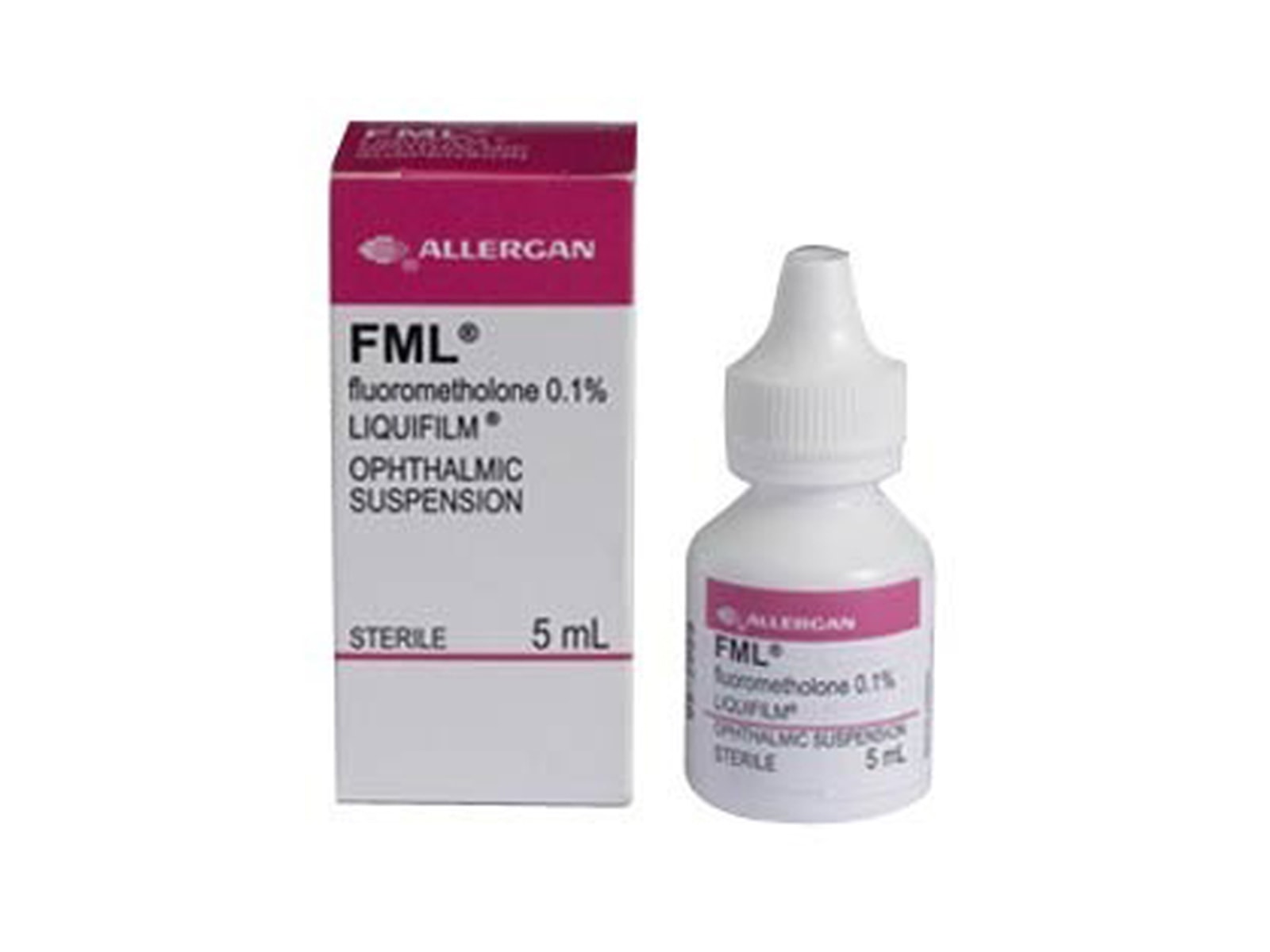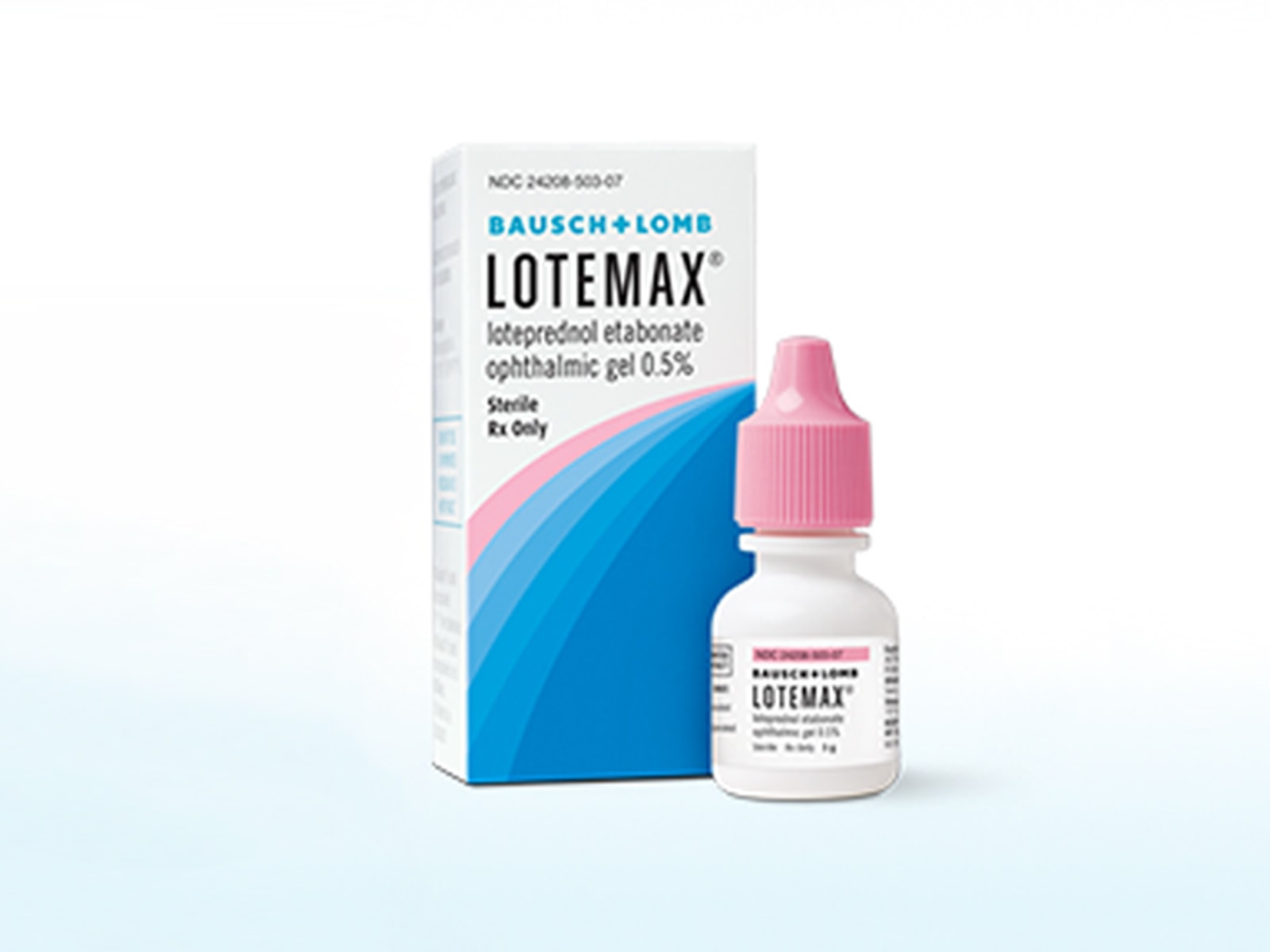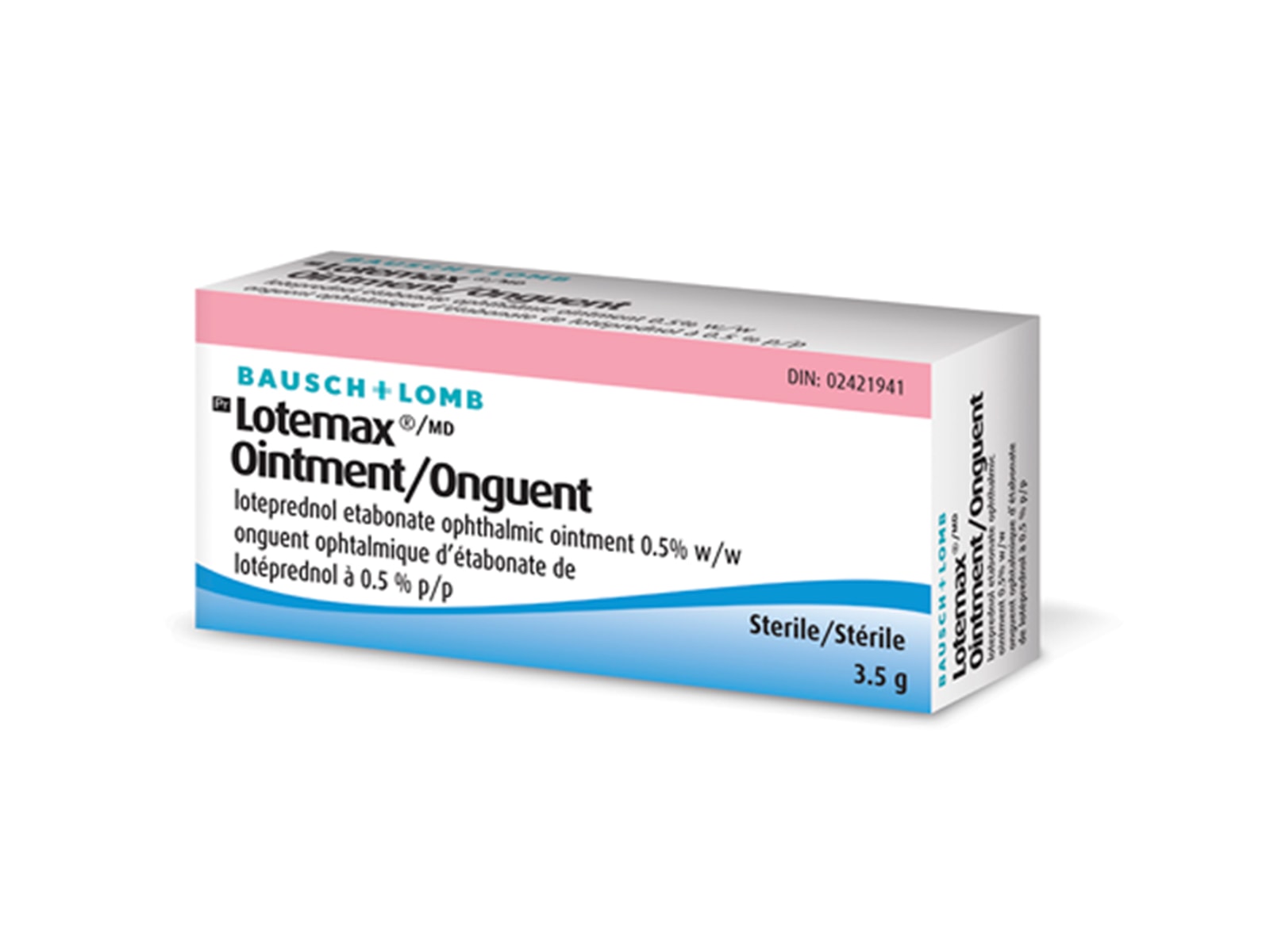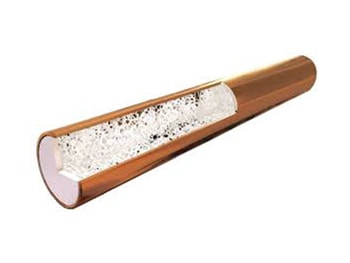- Product Listings
- Compare Products
- Calculators
- Product Tours
- Expert Reviews
- Our Experts
- Company Directory
- About Beye
- Contact Us
Ⓒ 2025 Beye.com. All rights reserved.
This content is intended for health care professionals and providers only. The information contained on Beye.com, including text, graphics, images, and interactive activities, is for informational purposes only, and is not intended to be a substitute for professional medical advice. Beye LLC, via its Editors and Publisher, accepts no responsibility for any injury or damage to persons or property occasioned through the implementation of any ideas or use of any product described herein. Although great care is taken to ensure that all information is accurate, it is recommended that readers seek independent verification of advice on drugs and other product usage, surgical techniques and clinical processes prior to their use. References made in article may indicate usage of medical equipment or drugs at dosages, for periods of time, and in combination not included in the current prescribing information. Inclusion of advertising materials on the website thereof, does not constitute and representation or guarantee by Beye LLC of the quality of such products, or of the claims made.
Compare Corticosteroid
15 Products
reset all
At-a-Glance
Description
FDA
CE Mark
Active Ingredients
Application
Status
Strength
- Mechanism of Action: Not specified
- Dosage: One drop in the affected eye(s) four times daily
Alrex (loteprednol etabonate ophthalmic suspension 0.2%) is an antiinflammatory corticosteroid indicated for the temporary relief if the signs and symptoms of allergic conjunctivitis.
Yes
Not specified
Loteprednol etabonate
Topical
Prescription
0.2%
- Mechanism of Action: Corticosteroids inhibit the inflammatory response to a variety of inciting agents that may delay or slow healing. They inhibit edema, fibrin deposition, capillary dilation, leukocyte migration, capillary proliferation, fibroblast proliferation, deposition of collagen, and scar formation associated with inflammation.
- Dosage: One drop into the conjunctival sac of the affected eye(s) 4 times daily beginning 24 hours after surgery and continuing throughout the first 2 weeks of the postoperative period, followed by 2 times daily for a week and then a taper based on the response.
Durezol (difluprednate ophthalmic emulsion) 0.05% is a topical corticosteroid that is indicated for the treatment of inflammation and pain associated with ocular surgery.
Yes
Not specified
Difluprednate
Topical
Prescription
0.5%
- Mechanism of Action: Dexamethasone suppresses the inflammatory response to a variety of agents and it probably delays or slows healing.
- Dosage: One or two drops topically in the conjunctival sac(s). In severe disease, drops may be used hourly, being tapered to discontinuation as the inflammation subsides. In mild disease, drops may be used up to four to six times daily.
Maxidex (dexamethasone ophthalmic suspension) 0.1% is an adrenocortical steroid indicated for steroid responsive inflammatory conditions of the palpebral and bulbar conjunctiva, cornea, and anterior segment of the globe such as allergic conjunctivitis, acne rosacea, superficial punctate keratitis, herpes zoster keratitis, iritis, cyclitis, selected infective conjunctivitides when the inherent hazard of steroid use is accepted to obtain an advisable diminution in edema and inflammation; corneal injury from chemical, radiation, or thermal burns, or penetration of foreign bodies.
Yes
Not specified
Dexamethasone
Topical
Prescription
0.1%
- Mechanism of Action: Corticosteroids suppress the inflammatory response to inciting agents of mechanical, chemical or immunological nature. No generally accepted explanation of this steroid property has been advanced. Corticosteroids cause a rise in intraocular pressure in susceptible individuals. In a small study, FLAREX (fluorometholone acetate ophthalmic suspension) demonstrated a significantly longer average time to produce a rise in intraocular pressure than did dexamethasone phosphate; however, the ultimate magnitude of the rise was equivalent for both drugs and in a small percentage of individuals a significant rise in intraocular pressure occurred within three days.
- Dosage: One to two drops instilled into the conjunctival sac(s) four times daily. During the initial 24 to 48 hours the dosage may be safely increased to two drops every two hours.
Flarex (fluorometholone acetate ophthalmic suspension) 0.1% is a corticosteroid indicated for use in the treatment of steroid responsive inflammatory conditions of the palpebral and bulbar conjunctiva, cornea, and anterior segment of the eye.
Yes
Not specified
Fluorometholone acetate
Topical
Prescription
0.1%
- Mechanism of Action: Prednisolone acetate is a glucocorticoid that, on the basis of weight, has 3 to 5 times the antiinflammatory potency of hydrocortisone. Glucocorticoids inhibit the edema, fibrin deposition, capillary dilation, and phagocytic migration of the acute inflammatory response, as well ascapillary proliferation, deposition of collagen, and scar formation.
- Dosage: One to two drops into the conjunctival sac two to four times daily. During the initial 24 to 48 hours, the dosing frequency may be increased if necessary.
Pred Forte (prednisolone acetate ophthalmic suspension, USP) 1% is indicated for the treatment of steroid-responsive inflammation of the palpebral and bulbar conjunctiva, cornea, and anterior segment of the globe.
Yes
Not specified
Prednisolone acetate
Topical
Prescription
1%
- Mechanism of Action: Prednisolone acetate is a glucocorticoid that, on the basis of weight, has 3 to 5 times the anti-inflammatory potency of hydrocortisone. Glucocorticoids inhibit the edema, fibrin eposition, capillary dilation, and phagocytic migration of the acute inflammatory response, as well as capillary proliferation, deposition of collagen, and scar formation.
- Dosage: One to two drops into the conjunctival sac two to four timesdaily. During the initial 24 to 48 hours, the dosing frequency may be increased if necessary.
Pred Mild (prednisolone acetate ophthalmic suspension, USP) 0.12% is an anti-inflammatory agent indicated for the treatment of mild to moderate noninfectious allergic and inflammatory disorders of the lid, conjunctiva, cornea, and sclera (including chemical and thermal burns).
Yes
Not specified
Prednisolone acetate
Topical
Prescription
0.12%
- Mechanism of Action: Corticosteroids inhibit the inflammatory response to a variety of inciting agents and probably delay or slow healing. They inhibit the edema, fibrin deposition, capillary dilation, leukocyte migration, capillary proliferation, fibroblast proliferation, deposition of collagen, and scar formation associated with inflammation.
- Dosage: One drop into the conjunctival sac two to four times daily. During the initial 24 to 48 hours, the dosing frequency may be increased to one application every four hours.
FML (fluorometholone ophthalmic suspension, USP) 0.1% is indicated for the treatment of corticosteroid-responsive inflammation of the palpebral and bulbar conjunctiva, cornea and anterior segment of the globe.
Yes
Not specified
Fluorometholone
Topical
Prescription
0.1%
- Mechanism of Action: Corticosteroids inhibit the inflammatory response to a variety of inciting agents and probably delay or slow healing. They inhibit the edema, fibrin deposition, capillary dilation, leukocyte migration, capillary proliferation, fibroblast proliferation, deposition of collagen, and scar formation associated with inflammation.
- Dosage: A small amount (approximately 1/2 inch ribbon) of ointment should be applied to the conjunctival sac one to three times daily. During the initial 24 to 48 hours, the dosing frequency may be increased to one application every four hours.
FML (fluorometholone ophthalmic ointment) 0.1% is indicated for the treatment of corticosteroid-responsive inflammation of the palpebral and bulbar conjunctiva, cornea and anterior segment of the globe.
Yes
Not specified
Fluorometholone
Topical
Prescription
0.1%
- Mechanism of Action: Corticosteroids inhibit the inflammatory response to a variety of inciting agents and probably delay or slow healing. They inhibit the edema, fibrin deposition, capillary dilation, leukocyte migration, capillary proliferation, fibroblast proliferation, deposition of collagen, and scar formation associated with inflammation. While glucocorticoids are known to bind to and activate the glucocorticoid receptor, the molecular mechanisms involved in glucocorticoid/glucocorticoid receptor-dependent modulation of inflammation are not clearly established. However, corticosteroids are thought to inhibit prostaglandin production through several independent mechanisms.
- Dosage: One to two drops of LOTEMAX into the conjunctival sac of the affected eye four times daily beginning the day after surgery and continuing throughout the first 2 weeks of the postoperative period.
Lotemax (loteprednol etabonate ophthalmic gel) 0.5% is a corticosteroid in a gel formulation indicated for the treatment of postoperative inflammation and pain following ocular surgery.
Yes
Not specified
Loteprednol etabonate
Topical
Prescription
0.5%
- Mechanism of Action: Corticosteroids inhibit the inflammatory response to a variety of inciting agents and probably delay or slow healing. They inhibit the edema, fibrin deposition, capillary dilation, leukocyte migration, capillary proliferation, fibroblast proliferation, deposition of collagen, and scar formation associated with inflammation. While glucocorticoids are known to bind to and activate the glucocorticod receptor, themolecular mechanisms involved in glucocorticoid/glucocorticoid receptordependent modulation of inflammation are not clearly established. However, corticosteroids are thought to inhibit prostaglandin production through several independent mechanisms.
- Dosage: Apply a small amount (approximately ? inch ribbon) into the conjunctival sac(s) four times daily beginning 24 hours after surgery and continuing throughout the first 2 weeks of the post-operative period.
Lotemax (loteprednol etabonate ophthalmic ointment) 0.5% is a corticosteroid in an oinment formulation indicated for the treatment of postoperative inflammation and pain following ocular surgery.
Yes
Not specified
Loteprednol etabonate
Topical
Prescription
0.5%
- Mechanism of Action: Corticosteroids inhibit inflammatory responses to a variety of inciting agents including multiple inflammatory cytokines. They inhibit edema, fibrin deposition, capillary dilation, leukocyte migration, capillary proliferation, fibroblast proliferation, deposition of collagen, and scar formation associated with inflammation.
- Dosage: Non-bioerodable intravitreal implant containing 0.19 mg fluocinolone acetonide in a drug delivery system.
Iluvien (fluocinolone acetonide intravitreal implant) 0.19 mg is an implant injected into the eye (vitreous) and used for the treatment of diabetic macular edema (DME) in patients who have been treated with corticosteroids before and did not have a significant increase in eye pressure. The implant is designed to release fluocinolone acetonide at an initial rate of 0.25 μg/day lasting approximately 36 months.
Yes
Not specified
Fluocinolone acetonide
Intravitreal
Prescription
0.19 mg
- Mechanism of Action: Dexamethasone, a corticosteroid, has been shown to suppress inflammation by inhibiting multiple inflammatory cytokines resulting in decreased edema, fibrin deposition, capillary leakage and migration of inflammatory cells.
- Dosage: The intravitreal implant containing dexamethasone 0.7 mg is contained in the Novadur solid polymer drug delivery system.
Ozurdex (dexamethasone intravitreal implant) is a corticosteroid indicated for the treatment of macular edema following branch retinal vein occlusion (BRVO) or central retinal vein occlusion (CRVO), non-infectious uveitis affecting the posterior segment of the eye, and diabetic macular edema.
Yes
Not specified
Dexamethasone
Intravitreal
Prescription
0.7 mg
- Dosage: hydrogel insert designed to release a tapered dose of dexamethasone
Dextenza (dexamethazone insert) 0.4mg is a corticosteroid intracanalicular insert placed through the punctum into the canaliculus and is designed to deliver dexamethasone to the ocular surface for up to 30 days without preservatives. Following treatment, Dextenza is intended to resorb and exit the nasolacrimal system without the need for removal.
Dextenza has completed Phase 3 evaluation for the treatment of ocular pain and inflammation following ophthalmic surgery. DEXTENZA is also being studied for allergic conjunctivitis.
Under investigation
No
Dexamethasone
Intracanalicular insertion
Prescription
0.4 mg
